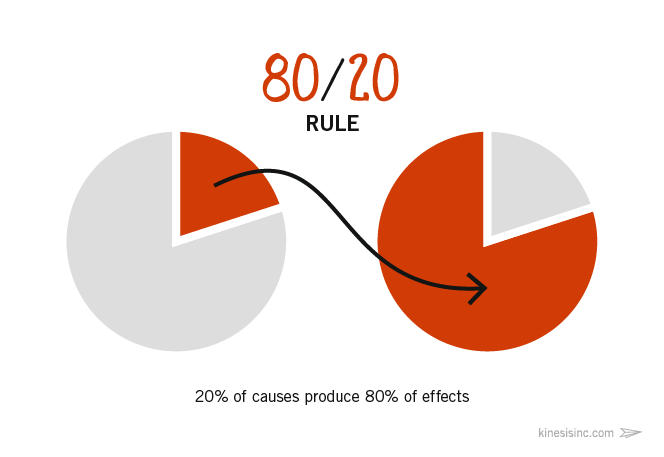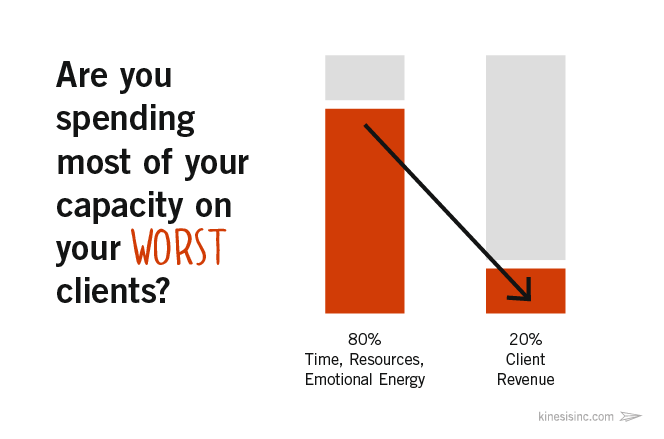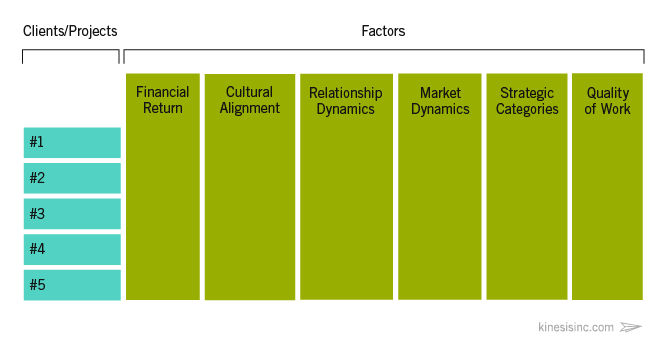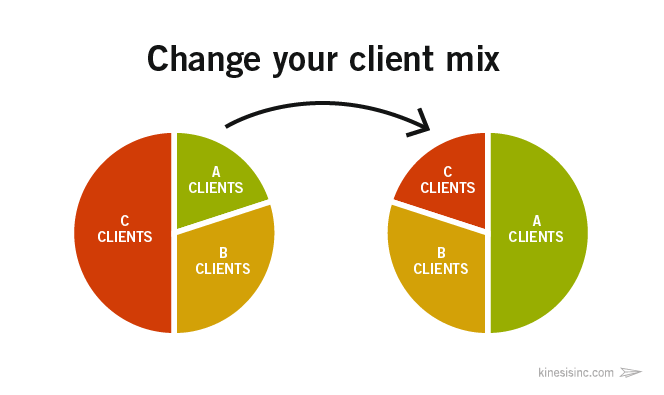
How to maximize your marketing budget (whatever it is)
Check out our easy-to-understand guide to help you make the most of your marketing budget (regardless of how big it is).

Close your eyes and imagine your closet. Take in the colors, the fabrics, the shapes of the clothing – their cost, the memories associated with them, how long they’ve been on their hangers.
Now narrow your focus to only the clothes you’ve worn in recent memory – outfits that have been pulled out, shown off, and laundered in the past few months or so. It’s a much smaller collection, isn’t it?
Statistically speaking, it’s about 20% of your total closet. And yet, you wear that small subset around 80% of the time.
This is known as the Pareto principle – or the 80/20 rule – and it applies to much more than just your wardrobe. You also hang out with 20% of your friends 80% of the time. 20% of exercises and habits have 80% of the impact in athletic training. Some 80% of crimes are committed by 20% of criminals. And so on.

The idea here is that in many cases, roughly 80% of effects come from 20% of the causes. Microsoft learned this back in 2002 when they fixed the top 20% of most-reported bugs in Windows and Office and reduced 80% of the related errors and crashes. A study on occupational safety found that 80% of workplace injuries were incurred by only 20% of employees.
The 80/20 rule can have a number of applications for business, but one important one is your distribution of clients: It is likely that 80% of your revenue comes from 20% of your client base. Perhaps more notably, you’re probably spending 80% of your time, resources, and energy on clients that comprise only 20% of your revenue.

If you’re a small business leader, chances are this is because you’ve spent your entire business’ history saying “yes” to anyone who knocked on your door. We're all tempted to spend our time trying to please all of our customers instead of the most lucrative ones. Or, maybe you’re just reacting to the squeaky wheels – after all, we’re conditioned to respond to the stimulus around us.
Unfortunately, this leaves you stuck catering to your worst clients rather than focusing your energy on those that can help your business grow.
So, how do you shift this paradigm and free up resources to serve your best clients? First, by identifying who those clients are.
This may seem deceptively simple – you probably already have a hunch who these folks might be based on the R-F-M rule: which customers on your list bought most Recently, buy most Frequently, and spend the most Money.
This is a great starting point, but it falls short of comprehensive client stratification. For example, do you want a client who is a big spender but leaves you strapped for cash when they don’t pay on time? Or, do you want a client who buys from you frequently, but commands so much of your team’s time that you’re actually losing money on each sale?
These additional factors are why it’s important to identify your dream client beyond the numbers. Client stratification helps us do this.
At Kinesis, we work with clients to structure a stratification document (usually a spreadsheet) so that the unique identifier (discrete projects or clients) is in the left column, and factors weighed flow out to the right. These right-handed columns will look different for every business – but for many Kinesis clients, they can often be broken down into the following categories:

In addition to honing in on what type of work your company wants to be known for, this stratification exercise can help you to identify the best work for you – and ultimately go after those projects / clients. An ideal future state is one where you’re able to "cherry pick" the best work based on your understanding of fit. This stratification also allows you to look at the current portfolio of work qualitatively and think about how to raise the collective "fit" of your client / project base.
This takes work, and can sometimes be uncomfortable. It requires a willingness to make hard decisions and part ways with wrong-fit customers. But as you continually shave off the bottom 20% causing pain, your top 20% of clients get better and better – and soon you’ll free up enough resources to serve your top customers even better, and attract more of them.

In other words, you’ll be in a position to throw out those old scarves you never enjoyed wearing anyway, making room for something more meaningful - a wardrobe that elevates and inspires you to be your best self.
Get insights like this straight to your inbox.